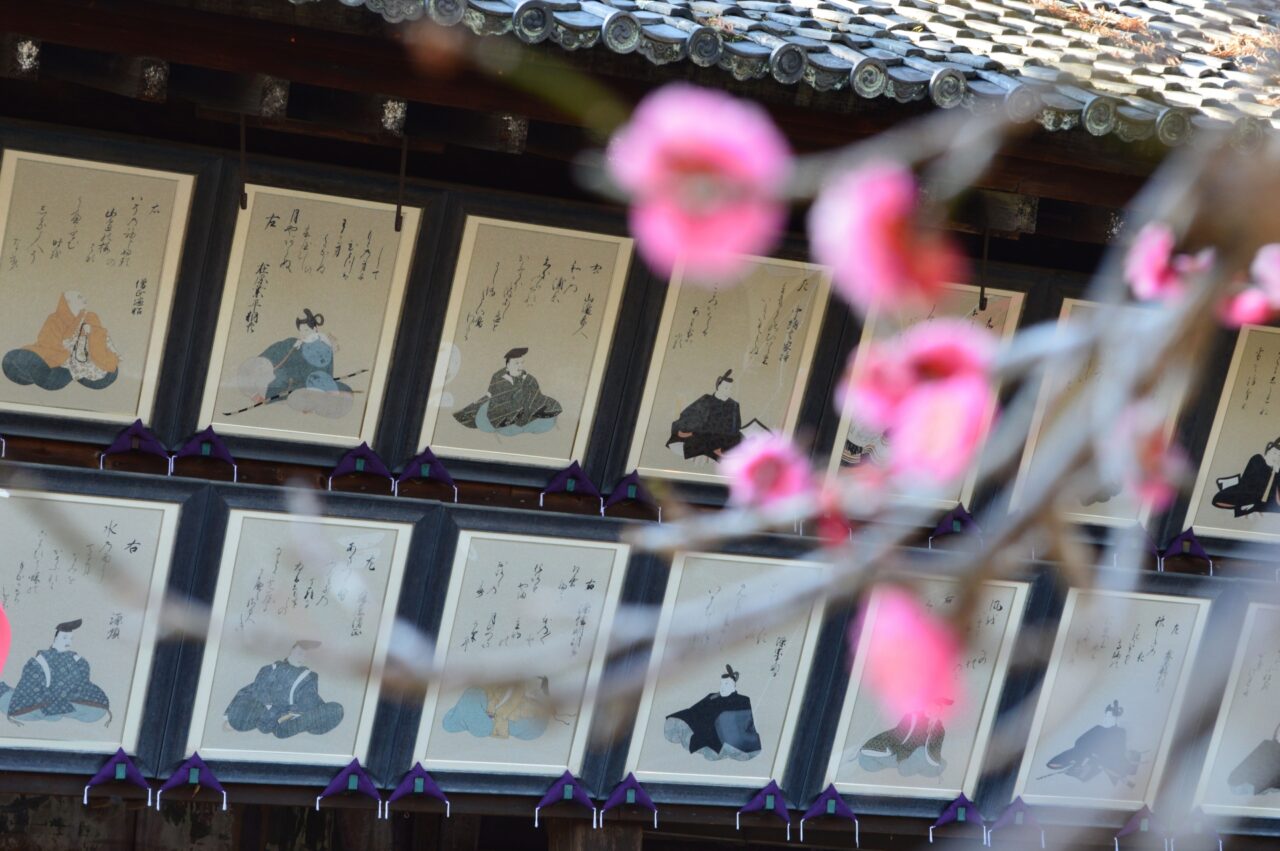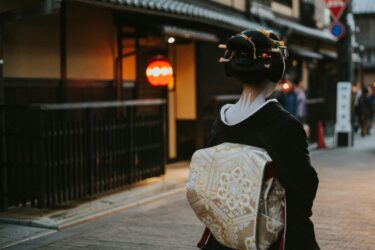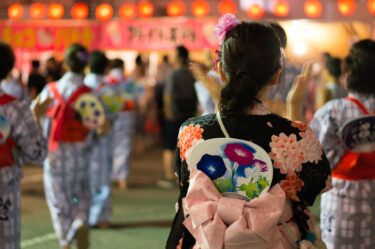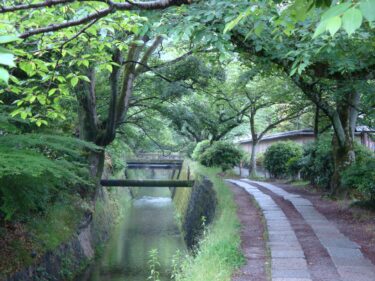Kyoto has long been a center for Japanese art and design, with traditions that continue to shape the city’s creative culture today. You can see this legacy in the artwork you’ll find displayed in local museums, temples, and galleries, from classical paintings to more modern works. There are also plenty of opportunities to take part, through hands-on workshops in calligraphy, ceramics, textile dyeing, and more. And if you’re a fan of antiques, Kyoto is full of shops and markets where you can find everything from vintage tea wares to hand-painted scrolls.
In this article, we’ll look at some of the best ways to discover Kyoto art and design, and the city’s vibrant community of Kyoto artists, past and present.
What Defines Kyoto Art Styles?
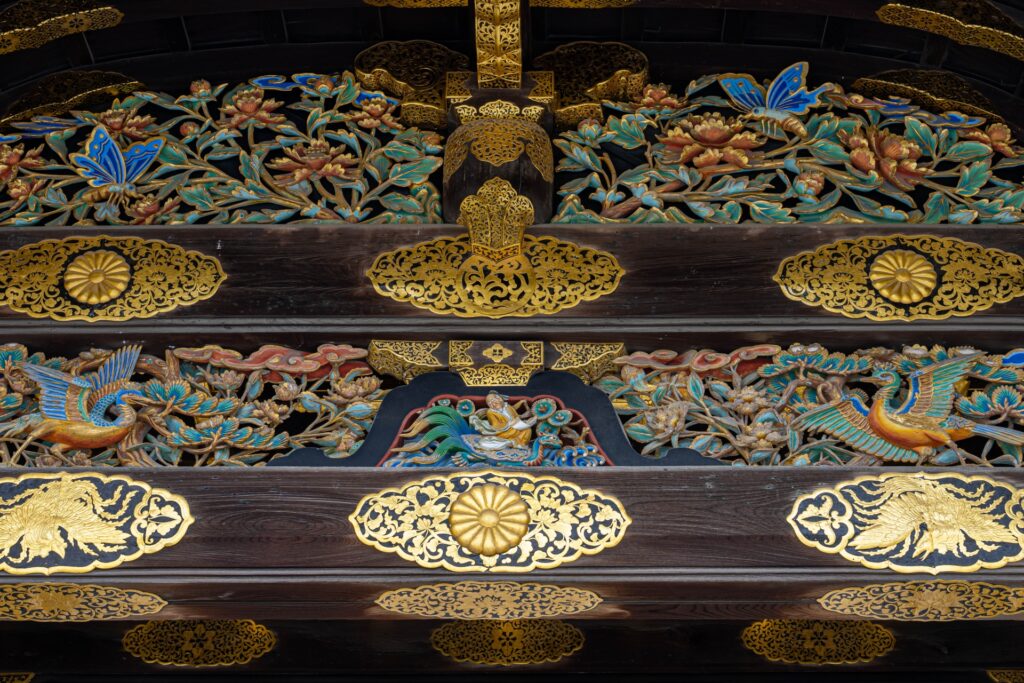
In fairness, there is no one particular “Kyoto” style, as the city has been at the center of many of Japan’s artistic traditions for thousands of years. Broadly speaking, though, the arts of these traditions tend to be known for their subtlety, elegance, and attention to detail. The traditional art you’ll find in Kyoto is closely tied to the city’s long history as the imperial capital and to its connections with court culture, Zen Buddhism, and nature. Even modern art exhibitions will often play on these roots, frequently with a contemporary twist.
Though this list is hardly exhaustive, “Kyoto art” as such, can be found in many different forms:

Nihonga painting, a traditional Japanese painting style using mineral pigments and ink on paper or silk.
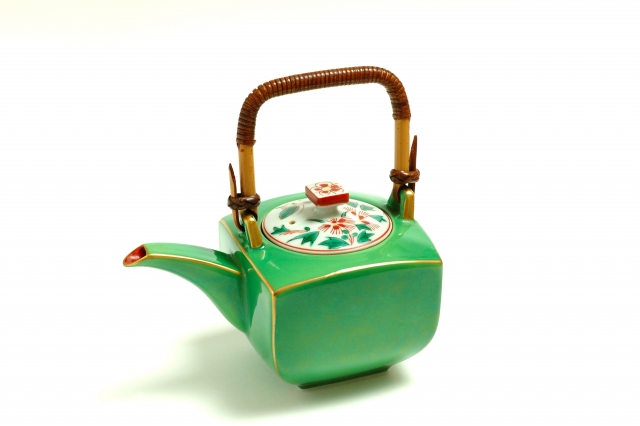
Kyo-yaki/Kiyomizu-yaki ceramics, which are known for their delicate forms and decorative detail.
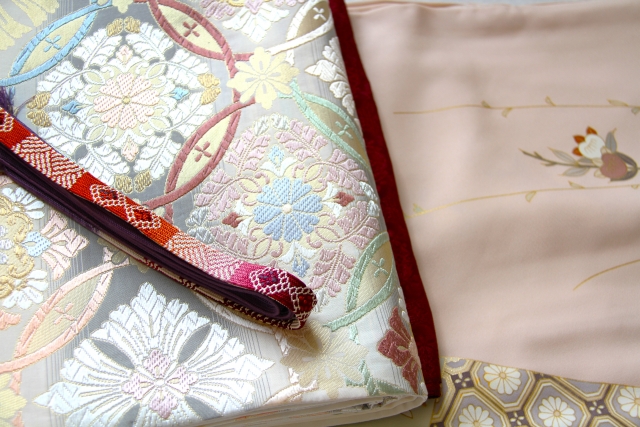
Nishijin-ori textiles, woven with intricate patterns and often used in kimono making.
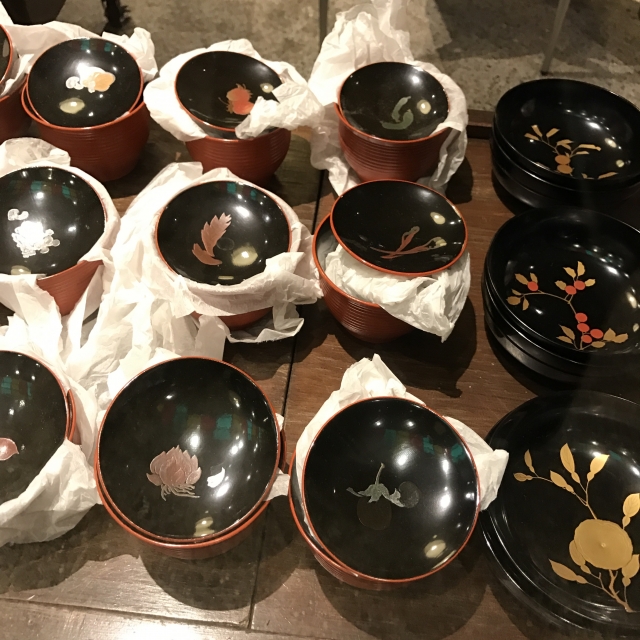
Lacquerware, used in tableware and decorative objects.

Ikebana, or Japanese flower arrangement.
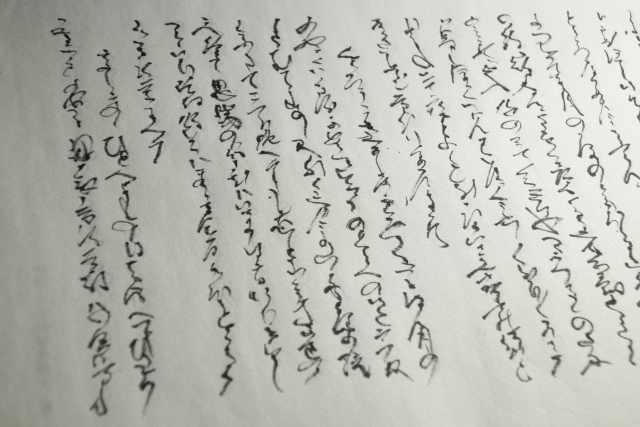
Shodo, or Japanese calligraphy. Rooted in Zen practice, shodo continues to thrive in Kyoto today – not only as a traditional form, but also as a medium for bold contemporary expression.
Exploring Kyoto’s Traditional Arts and Crafts
Kyoto’s artistic heritage is hands-on. You don’t even have to visit a museum to appreciate it: some workshops and other locations allow visitors to see artists at work, and may even offer opportunities to try your hand at some of the crafts yourself. While just an example, Kyoto pottery and fabric production continue to thrive in the city, and sometimes open their doors to visitors.
Kyo-yaki/Kiyomizu-yaki: These ceramic styles originate from around the hillsides near Kiyomizu-dera Temple, and you can still find pieces for sale here today. To see even more, and learn about how such pieces were and are still produced, you’ll want to head to Kiyomizuyaki Pottery Complex, which is a short bus ride away. Some kilns operating in the area offer pottery-making workshops, such as those at Touan and Mori-toki-kan.
Fabric dyeing and weaving: Yuzen is a hand-painted dyeing method used to decorate kimono fabrics with elaborate patterns and seasonal motifs, and some workshops in Kyoto offer short classes for visitors. You can also try your hand at traditional weaving methods if you book a workshop at the Nishijin Textile Center, a museum and workshop dedicated to the traditional weaving methods of Kyoto’s Nishijin district. You can also find a modern twist on these traditional kimono fabrics in the “kimono forest” outside Keifuku Arashiyama Station, where you’ll find a path lined with colorful kimono fabric tubes.
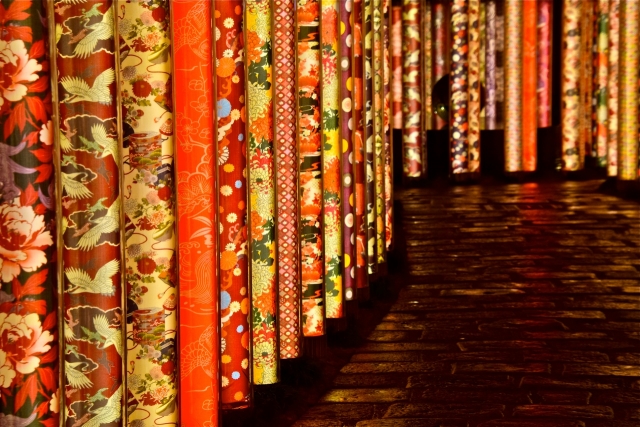
Where to Experience Kyoto Art
If you prefer browsing galleries or exploring museums, Kyoto has plenty of options, and far more than can be listed here.
Museums & Galleries
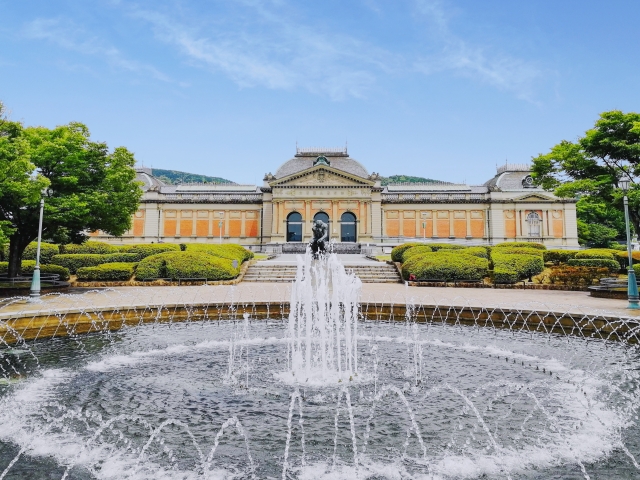
Kyoto National Museum: One of Japan’s major art museums, the Kyoto National Museum has impressive galleries of classical Japanese art, including calligraphy, scrolls, Buddhist statues, and historical artifacts, and frequently features special themed exhibitions of other treasures.
The National Museum of Modern Art, Kyoto (MoMAK): A great place to see contemporary 20th- and 21st-century works by Japanese and international artists.
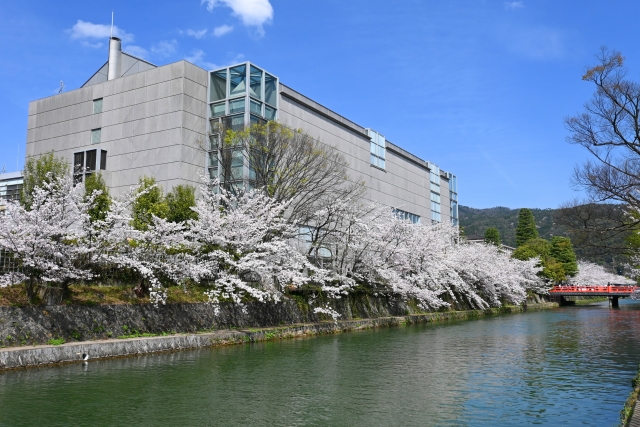
Hosomi Museum: This museum itself is a reflection of Kyoto’s mix of modern and traditional, with its machiya-inspired architectural elements. The museum houses a refined private collection of traditional Japanese art, including painting, ceramics, and tea utensils.
You’ll also find many small galleries across the city, especially in areas like Gion, Higashiyama, and Sakyo Ward. These often feature up-and-coming Kyoto artists working in ceramics, woodblock prints, textiles, and mixed media.
Art Spaces and Events
Kyotographie: This internationally recognized photography festival is held each spring. It uses unique historical venues around the city to showcase photography from around the world, so participating is a bit of a treasure hunt across the city!
Kyoto Art Center: Located in a former elementary school, this space supports emerging contemporary artists and regularly hosts exhibitions and performances.
Temple Exhibitions: Some temples host special exhibitions of temple treasures, which often include incredible historical artworks like paintings and sculptures. These events are often short in duration, though, so you’ll want to check temple websites in advance to see if there are any special openings coming up.
Some museums and galleries also feature live calligraphy demonstrations, especially during special exhibitions. These are a great way to see the meditative, physical process behind shodo.
Meet Some of the Artists
While Kyoto honors its past, it also supports a lively community of artists creating new work. From ceramicists and painters to textile designers and installation artists, Kyoto’s creative scene is full of people drawing on tradition to make something fresh, and Enjoy Kyoto has been lucky enough to speak with some of them about their work.
Masahiro Inoue is a third-generation hyogu-shi, an artisan who mounts calligraphy and paintings onto scrolls, screens, and panels using traditional techniques. Based in his family’s Kyoto workshop near Fushimi Inari Shrine, Inoue preserves and presents artworks in ways that highlight their beauty and history, and keeps the delicate art of hyogu alive.
Tomoko Kawao is known for her bold, expressive style that often blurs the line between text and visual art. Her large-scale calligraphy pieces have gained international attention, and her work is deeply influenced by Kyoto’s spiritual and artistic heritage.
You can read more about them and see images of their work at the links above.
Antique Hunting in Kyoto
Kyoto is also, of course, a dream for antique lovers. From elegant folding screens and tea ceremony utensils to calligraphy brushes and painted scrolls, there’s a wide range of treasures waiting to be discovered. Here’s where to start your hunt:
Antique Markets
To-ji Temple Kobo-san Market (21st of each month): One of the biggest and best-known flea markets in Kyoto. You’ll find everything from vintage ceramics to antique furniture and art supplies.
Kitano Tenmangu Tenjin-san Market (25th of each month): Similar in size and variety to To-ji, with lots of local charm.
Antique Districts
Teramachi and Shinmonzen-dori: Located near Gion and the Kamo River, these streets are lined with antique shops selling everything from Buddhist statues to hanging scrolls.
Kyoto Art and Design in Everyday Life


In Kyoto, art isn’t confined to museums or galleries – it’s everywhere.
The aesthetic principles that define the city’s artwork can be seen in the thoughtful interiors of ryokan inns, in their hanging scrolls, seasonal flower arrangements, and handcrafted furnishings. Even tableware in ordinary restaurants can be locally made ceramics that can bring a small bit of beauty to each meal. Look around, and you’ll notice that many shop signs are still written in brush calligraphy. Kyoto’s is a culture where art and design are woven into daily life, in a living museum of Japanese art and creativity.

